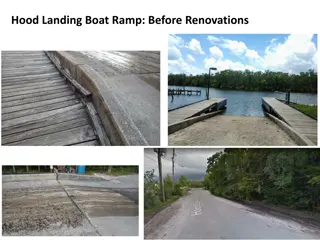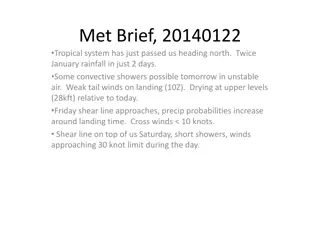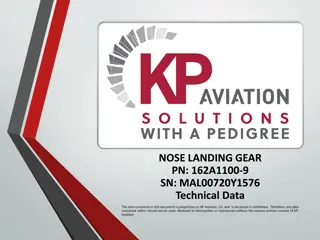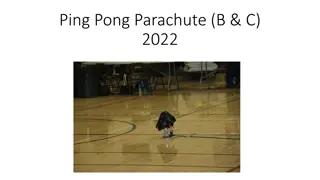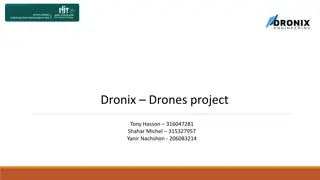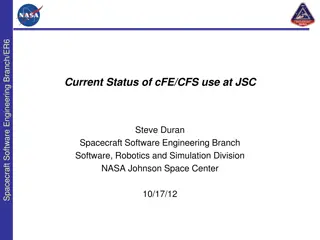Developing a Parachute System for Landing Spacecraft
When spacecraft and jet aircraft need to land safely, a parachute system can be crucial in slowing down their speed. This project involves creating a prototype parachute system to assist in safe landings. The process includes designing the parachute, gathering necessary resources, and following step-by-step instructions for assembly and testing. Safety measures must be strictly adhered to throughout the project to ensure successful results.
Download Presentation

Please find below an Image/Link to download the presentation.
The content on the website is provided AS IS for your information and personal use only. It may not be sold, licensed, or shared on other websites without obtaining consent from the author.If you encounter any issues during the download, it is possible that the publisher has removed the file from their server.
You are allowed to download the files provided on this website for personal or commercial use, subject to the condition that they are used lawfully. All files are the property of their respective owners.
The content on the website is provided AS IS for your information and personal use only. It may not be sold, licensed, or shared on other websites without obtaining consent from the author.
E N D
Presentation Transcript
Stop it! Developing a parachute-type system to slow a landing spacecraft
Stay safe Whether you are a scientist researching a new medicine or an engineer solving climate change, safety always comes first. An adult must always be around and supervising when doing this activity. You are responsible for: ensuring that any equipment used for this activity is in good working condition behaving sensibly and following any safety instructions so as not to hurt or injure yourself or others Please note that in the absence of any negligence or other breach of duty by us, this activity is carried out at your own risk. It is important to take extra care at the stages marked with this symbol:
Situation and context When spacecraft and jet aircraft land on the ground they are travelling very fast A method is needed to reduce their speed so they can stop without overshooting the runway A parachute can be used as this is very effective at increasing drag
Design brief Your task is to make a prototype of a parachute system that could slow a landing spacecraft You will also test the prototype you make to see how well it works
Resources Thin fabric e.g. rip stop nylon Thin string or thread A marker pen A weight or piece of clay Scales Scissors A sewing needle A ruler
Making step 1 Decide what shape you are going to make your parachute Draw the shape on the fabric Cut out the shape from the fabric
Making step 2 Decide how many strings you want, e.g. eight Fold the circle in half and half again to mark out four points Fold again to find the points in between Mark each point with a clear dot. Make each dot 6 mm in from the edge
Making step 3 Cut string lengths that are at least as long as your shape is wide
Making step 4 Sew a string to each dot Knot the strings securely, leaving as long a bit as you can on one end
Making step 5 Gather the strings together and tie a knot Leave enough string to tie the payload to the bottom
Testing Attach your payload to the big knot Hold your parachute from a high spot and let it go Time how long it takes to reach the ground How well did your parachute work? How could it be modified to slow a spacecraft when landing?
Extension Try different shapes of parachute Try different weights of payload Do not change more than one variable at a time!
Extension - Maths exercise If you change the shape of the parachute then you have to be careful not to change the area of the parachute So, If your first parachute is round and your second is square, what calculations do you need to do to keep the area the same? Discuss this with a partner The next slide shows one way of working this out
Circle to square Area of a square is L2 where L is the side of the square Area of a circle is r2 where r is the radius of the circle r L If the areas are the same then L2 = r2 Rearranging this L = ( r2)
Circle to square Now you know the side of the square you can mark and cut out a square the same area as the circle to make a new parachute You ll only need 4 strings this time Test it - does it slow down a payload of the same weight as well as the circular one, worse or better? Try other shapes, but don t forget to make all the areas the same






